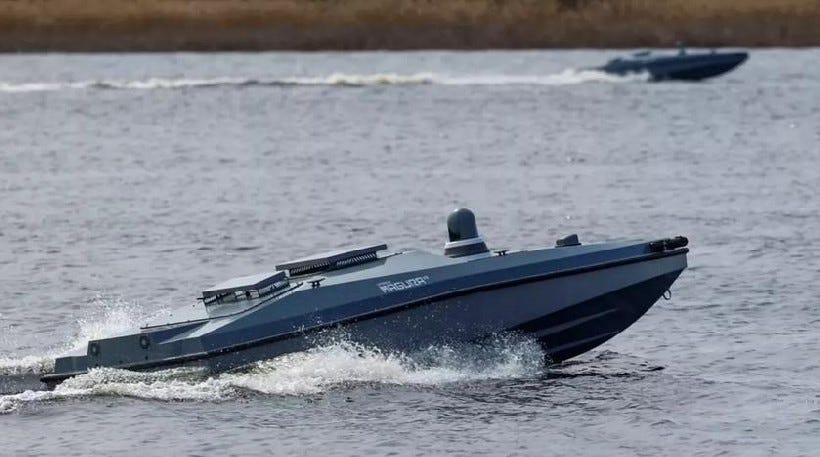Battlefield First! Ukrainian Sea Drone Drops Two Russian Su-30 Fighters with Sidewinders
Newsflash from the Black Sea
On May 3, 2025, Ukraine quietly redrew the map of modern warfare. In a first-of-its-kind operation, two Russian Su-30 Flanker fighter jets were shot down by air-to-air missiles launched from an unmanned surface vessel in the Black Sea.
According to Ukraine’s Defense Intelligence (HUR), the strike occurred near Novorossiysk, a Russian port cit…
Keep reading with a 7-day free trial
Subscribe to Eyes Only with Wes O'Donnell to keep reading this post and get 7 days of free access to the full post archives.



